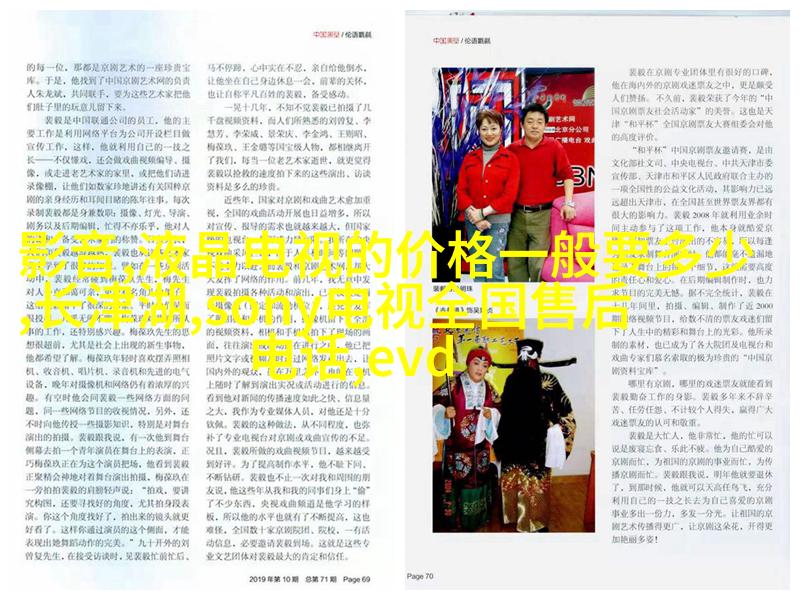
手机处理器排名图片揭秘1颗芯片如何集成1万亿个晶体管
回顾晶体管的75年历史,人类如何在面对技术发展瓶颈时寻求突破?从贝尔实验室的第一代半导体放大器件诞生到今天,我们见证了晶体管如何改变世界。然而,随着晶体管本身的发展进入瓶颈,摩尔定律放缓,我们开始思考:还能用哪些方法延续摩尔定律?

2022年,我们仍然需要新的晶体管。为了纪念晶体管被发明75周年,IEEE电子器件分会举办了一场活动,在此活动中,有Fin-FET发明者胡正明教授对晶体管过去进行回顾,同时有行业领先者分享在延续摩尔定律上做出的技术创新。
我们的世界是否还需要更好的晶体管?胡正明在演讲中给出了肯定的回答:“是的,我们需要新的晶体管”,并给出三个理由:首先,随着晶体规模的缩小和性能提升,人类掌握了前所未有的新能力;其次,不同于其他技术,由于半导體技術使用相對較少材料且能夠減少能源消耗,它們正在變得越來越小、使用材料也越來越少;第三,如果理论上信息处理可以减少至今日所需能量的一千分之一以下,这就为我们提供了一个巨大的潜力。

2030年单颗芯片可容纳1万亿个晶体管
尽管研发制造出新的晶 体 管已经变得艰难,无论是在经济还是技术层面,都遇到了挑战。Crystal Gate technology development road is not smooth, almost every decade there are huge challenges to overcome.

1980s, the chip dynamic power consumption became a major problem. The adoption of CMOS instead of NMOS and bipolar technologies brought significant progress by reducing working voltage from 5V to 1V.
From 2000 to 2010, chip static power consumption again became a challenge. However, the introduction of three-dimensional FinFET and multi-core processor architectures solved this issue.

Nowadays, with the progress in FinFET technology bringing diminishing returns in terms of performance enhancement and energy reduction, industry leaders like Intel are exploring new manufacturing techniques such as ring-gate (GAA) structures for future transistor designs.
In recent times Intel has used RibbonFET structure to achieve GAA but found that shrinking source-drain distance leads to noticeable short-channel effects causing leakage current. This led researchers to consider alternative materials such as transition metal sulfides for channel material which have inherent advantages due to their thinness and electron mobility.

Intel also conducted extensive research on these 2D materials at IEDM 2022 and showcased a novel fully wrapped gate stack nanosheet structure using only three atomic layers thick channel material with near-ideal low-leakage current double-gate transistor switching operation at room temperature.
Furthermore, advancements in three-dimensional packaging technology can further increase the number of transistors per device.
Despite the immense investment required for further miniaturization efforts, companies like Intel remain committed to pushing boundaries for future generations. They predict that by around 2030 we will see an exponential increase in transistors per device reaching one trillion within just seven years – from one hundred billion today up tenfold into one trillion - offering us unfathomable possibilities about what our world might look like then.



